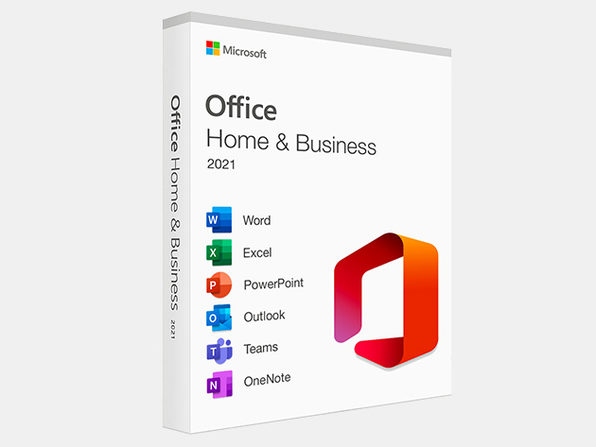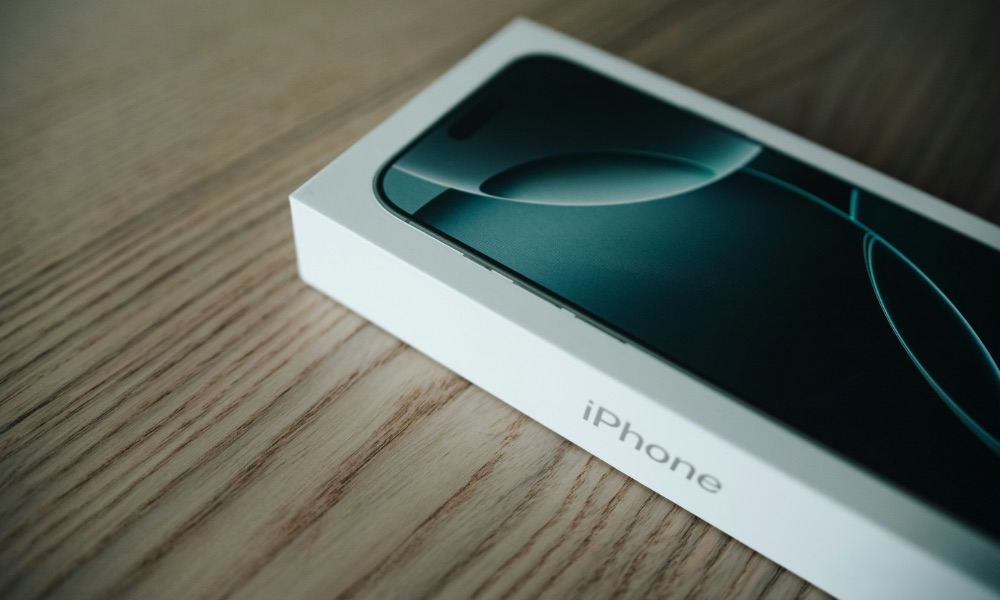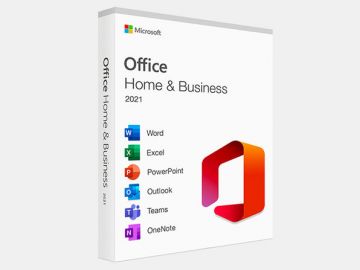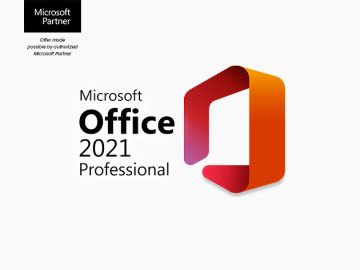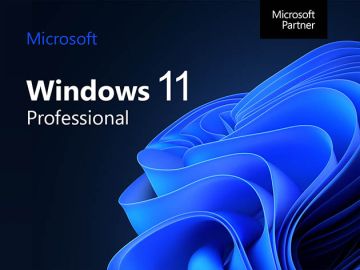Latest macOS Tahoe 26 Beta Contains Info About Sealed-Box Mac Updates at Apple Stores
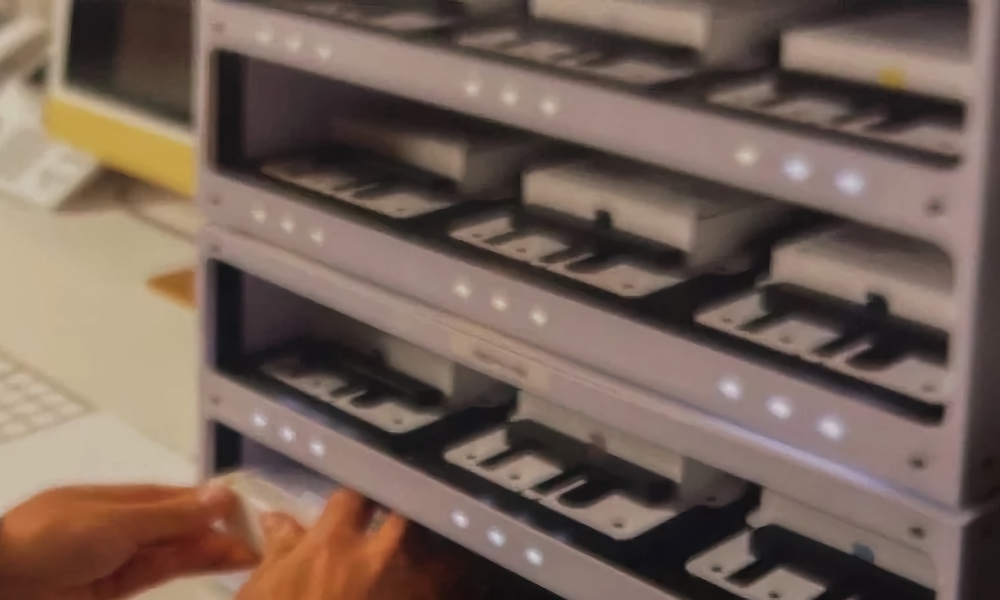
Toggle Dark Mode
In March 2024, Apple rolled out an internal “Presto” system that allows iPhones to be updated without taking them out of their sealed boxes. The in-store process ensured that a customer’s new device was running the latest available version of iOS, no matter how long it had been sitting on the store’s shelves.
Now, the latest beta of macOS Tahoe 26 indicates the company is working on a similar process for the Mac. Now that’s thinking outside of the box(es)!
The code in macOS Tahoe 26 beta 3 (released earlier this week) contains evidence that Apple is working on a sealed-box update system for Macs, similar to the Presto mechanism used for iPhones.
The system would allow Apple to keep each store’s Mac inventory up to date right out of the box, allowing buyers to immediately begin using their new Macs without sitting and waiting for an update to be performed. The system could prove to come in handy when Apple is facing tight schedules, theoretically allowing Apple to ship their hardware first, and then install the latest OS when everything is ready for release.
Apple created its Presto update system for iPhones partially to avoid situations like the iPhone 15 launch, when devices were shipped from the factory with iOS 17 installed, requiring a day-one iOS 17.0.2 update to fix data transfer and activation issues during setup.
The Presto system installs iOS updates stored on a proprietary Mac mini-controlled device, which has been described as a “two-slot toaster” that can update as many as six still-in-the-box iPhones at once.
The system wirelessly powers on the iPhone inside its sealed package, updates its software to the latest available version, and then powers it off. Markings on the device ensure that the boxes are correctly positioned, depending on their size. Updates take 15 to 30 minutes.
However, as was also reported in March 2024, Presto is not simply an update mechanism. When a technician scans an iPhone box, the iPhone is immediately added to a queue of iPhones requiring an update. It then reports to Apple Store employees exactly which iPhones still require an update. It can also check daily sales records to predict the number of iPhones that should be updated for the next business day.
When a new iPhone is delivered to a store, the system knows whether the device needs to have an update performed. When new versions of iOS are released to the public, the system automatically flags every iPhone in stock to receive an update.
When an iPhone SKU (which designates an iPhone model, color, and storage tier) is sold, the system prompts employees to update another device to prepare it for sale. This ensures that an on-the-shelf iPhone is ready, no matter the model, capacity, or color a customer is looking for.
The new process for the Mac may be run a bit differently, as the Presto update system for the iPhone depends on the device’s built-in NFC chip to initiate the new Phone’s wireless in-box updates, while the current Mac lineup is not equipped with an NFC chip (unless Apple has one hidden in there somewhere). Of course, Apple may include an NFC radio in upcoming Macs to enable this process.

